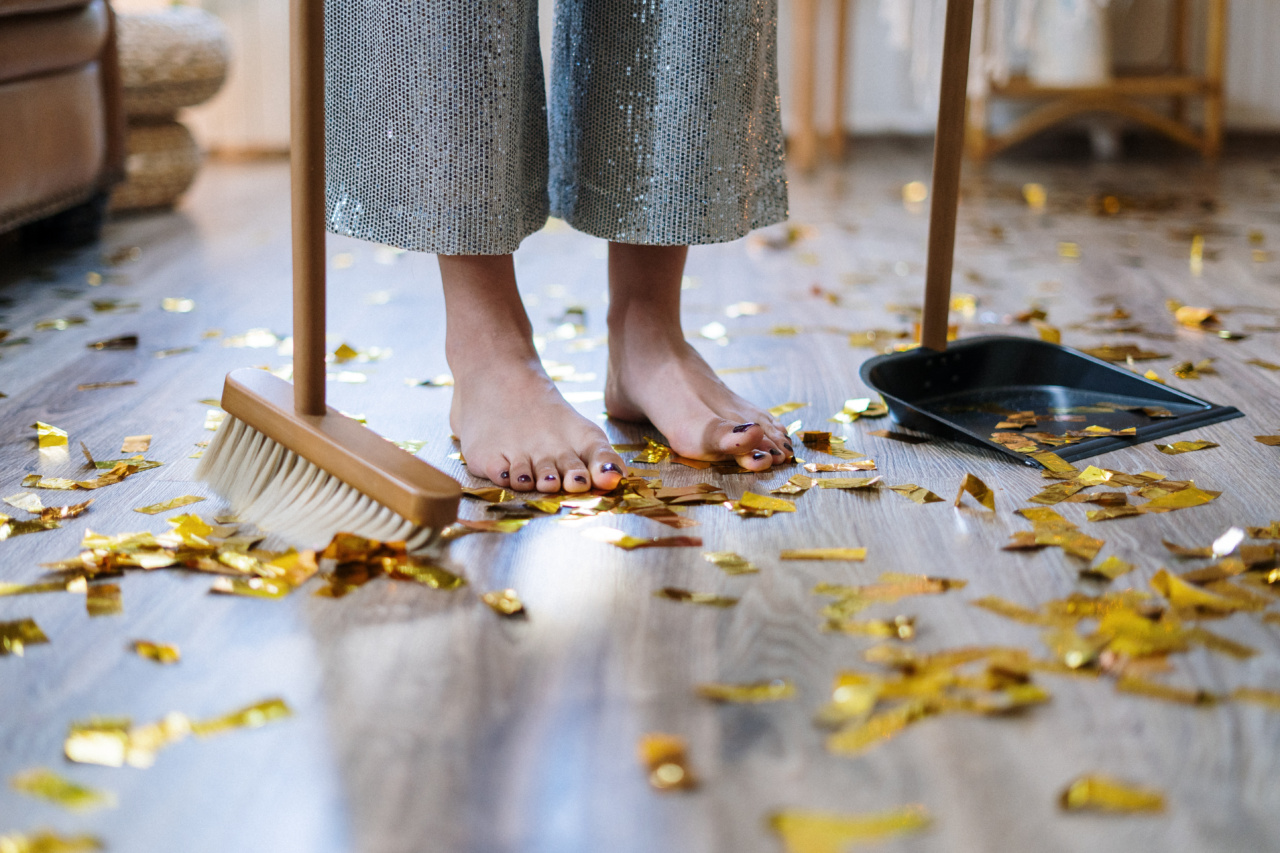Have you ever experienced that strange sensation in your legs where it feels like bugs are crawling on your skin? This uncomfortable and overwhelming feeling, also known as restless legs syndrome (RLS), affects millions of people worldwide.
If you’re one of them, you’re not alone. In this article, we will delve into the causes of restless legs syndrome and explore effective solutions to help you find relief.
Understanding Restless Legs Syndrome
Restless legs syndrome is a neurological condition characterized by an irresistible urge to move your legs. This often occurs when sitting or lying down, particularly during nighttime, leading to difficulty falling asleep.
The sensations associated with RLS can vary, from tingling and itching to a deep, achy feeling in the muscles. These symptoms can significantly impact your quality of life, causing restlessness, discomfort, and fatigue.
The Causes of Restless Legs Syndrome
The exact cause of restless legs syndrome is not fully understood, but several factors are believed to contribute to its onset and severity. Here are some common causes:.
1. Iron Deficiency
Research suggests that an iron deficiency in the brain may play a role in RLS. Iron is involved in the production of dopamine, a neurotransmitter that helps regulate movement.
When there is a lack of iron, dopamine synthesis may be disrupted, leading to restless legs.
2. Genetics
Restless legs syndrome can run in families, indicating a genetic component. If one of your close relatives experiences RLS, you may be more susceptible to developing the condition as well.
3. Pregnancy
During pregnancy, hormonal changes and an increased blood volume can trigger or worsen restless legs syndrome. Fortunately, the symptoms usually resolve after giving birth.
4. Chronic Diseases
Underlying chronic conditions such as diabetes, kidney disease, and peripheral neuropathy are often associated with restless legs syndrome. Managing these conditions effectively can help alleviate RLS symptoms.
Effective Solutions for Restless Legs Syndrome
1. Exercise Regularly
Engaging in moderate aerobic exercise like walking, jogging, or swimming can help reduce the severity of restless legs syndrome symptoms. Exercise promotes the release of endorphins, which act as natural painkillers and help improve sleep quality.
2. Establish a Regular Sleep Routine
Having a consistent sleep schedule can effectively manage restless legs syndrome. Establish a relaxing bedtime routine, avoiding stimulating activities or screens before sleep.
Create a calm and comfortable sleep environment to encourage deep and uninterrupted sleep.
3. Massage and Warm Baths
Massaging your legs or taking warm baths before bedtime can help alleviate RLS symptoms. The gentle pressure and warmth can soothe the muscles, promoting relaxation and reducing the urge to move your legs.
4. Modify Your Lifestyle Habits
Certain lifestyle habits can worsen restless legs syndrome symptoms. Limit or avoid the consumption of caffeine, alcohol, and nicotine, as they can intensify the condition.
Additionally, maintaining a healthy weight and avoiding excessive stress can contribute to symptom relief.
5. Consider Iron Supplements
If your doctor determines that you have an iron deficiency, they may recommend iron supplements to alleviate restless legs syndrome symptoms. Always consult with a healthcare professional before starting any new supplements.
6. Medications for RLS
In severe cases, medication may be prescribed to manage restless legs syndrome symptoms. These medications can help regulate dopamine levels or promote better sleep, providing relief from the discomfort caused by RLS.
However, the use of medication should be discussed with a healthcare provider.
Seek Professional Help
If restless legs syndrome significantly affects your quality of life, it is vital to seek professional medical advice. A healthcare provider can accurately diagnose RLS and recommend appropriate treatment options tailored to your specific needs.
Enjoy Restful Nights
Although restless legs syndrome can be frustrating and disruptive, implementing the right strategies can significantly improve your symptoms.
By incorporating exercise, adopting a consistent sleep routine, practicing relaxation techniques, and making necessary lifestyle changes, you can find relief from the crawling sensation in your legs and regain restful nights of sleep.































